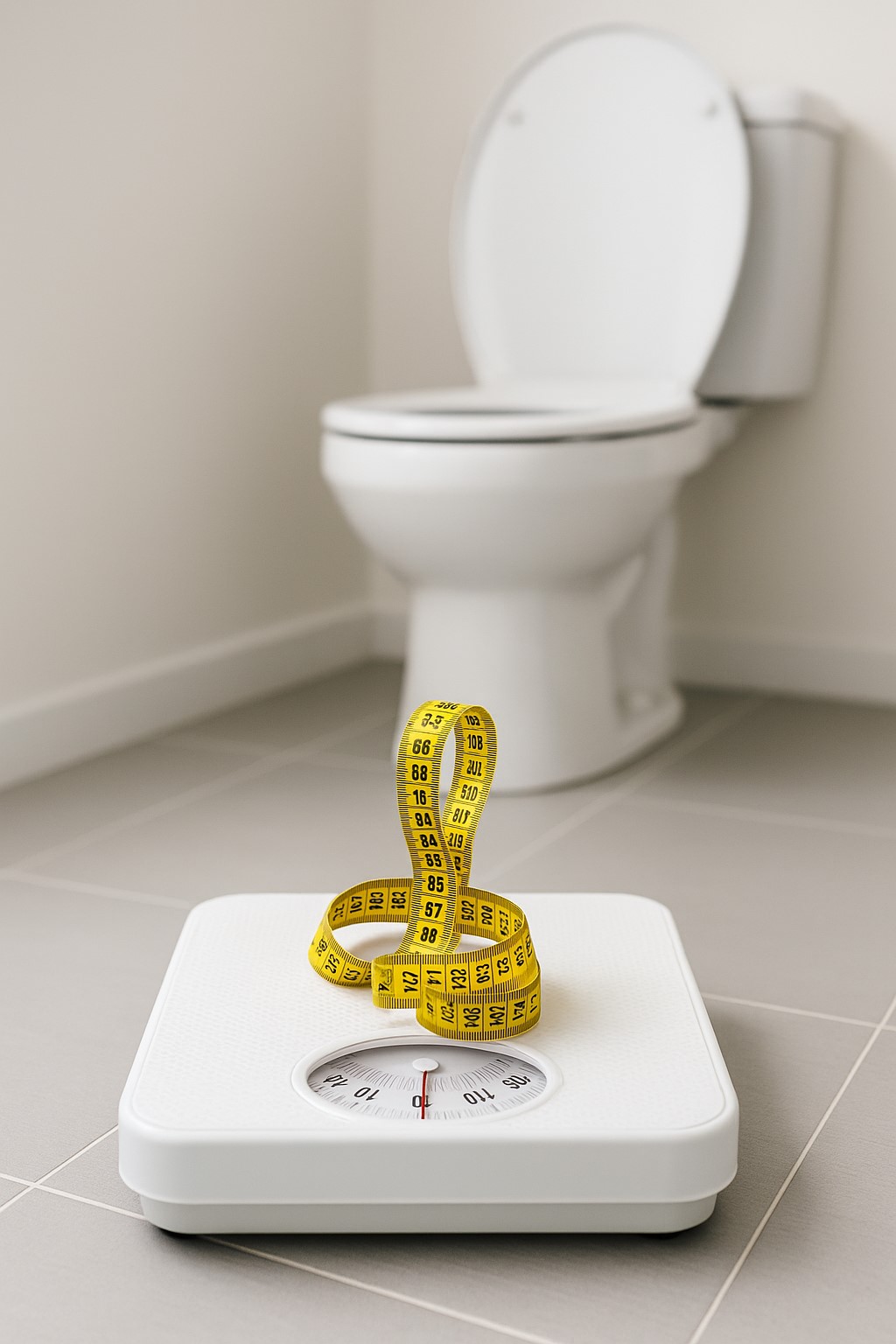What is a Bladder Diverticulum?
A bladder diverticulum is a pouch or sac that protrudes from the bladder wall. It forms when a defect occurs between the muscle fibres of the bladder, allowing the inner lining, known as the mucosa, to herniate or bulge outwards. This condition can be present at birth (congenital) or develop later in life (acquired).
What are the causes of Bladder Diverticulum
Bladder diverticula can be classified into two main types based on their cause:
- Congenital Bladder Diverticulum: This type occurs due to a developmental defect in the bladder wall. It is often solitary (single diverticulum) and can be associated with other congenital conditions, such as Menkes syndrome or Ehlers-Danlos syndrome. These diverticula are more commonly found in males and are often located near the junction where the ureters (tubes carrying urine from the kidneys to the bladder) enter the bladder.
- Acquired Bladder Diverticulum: This type usually develops in response to bladder outlet obstruction—a condition where the flow of urine is blocked. Common causes include prostate enlargement in men, bladder neck hypertrophy (thickening), or urethral stricture (narrowing of the urethra). As the bladder works harder to push urine out, the pressure increases, leading to the formation of diverticula. These are often multiple and are more prevalent in older men.
The Connection Between an enlarged prostate and Bladder Diverticulum
- Increased Bladder Pressure: BPH causes an obstruction that makes the bladder muscle work harder, leading to increased internal pressure.
- Weakening of the Bladder Wall: Over time, this pressure can cause the bladder wall to weaken in certain areas.
- Formation of Diverticula: The weakened areas may herniate, forming one or more bladder diverticula.
How Common is Bladder Diverticulum?
Bladder diverticula are relatively rare, affecting approximately 1.7% of the population, with a higher prevalence in children under the age of ten. The condition is significantly more common in adults, particularly men over the age of 60.
Men are nine times more likely to develop bladder diverticula than women.
What do I feel if I have a Bladder Diverticulum?
In many cases, bladder diverticula do not cause noticeable symptoms and are often discovered incidentally during imaging tests for other conditions. However, when symptoms do occur, they are usually related to complications such as:
- Urinary tract infections (UTIs): due to urine stasis (retention of urine) within the diverticulum.
- Haematuria: blood in the urine.
- Dysuria: pain or discomfort during urination.
- Lower abdominal fullness: a sensation of fullness in the lower abdomen.
- Incomplete bladder emptying: feeling as though the bladder is not fully emptied after urination.
How is a Bladder Diverticulum diagnosed?
Diagnosing a bladder diverticulum involves several steps:
- Medical History and Physical Examination: This includes discussing symptoms and conducting a digital rectal examination, particularly in men, to assess for prostate enlargement.
- Urine Tests: A urine analysis, culture, and cytology (examining cells in the urine) can help detect infections or abnormal cells.
- Imaging Studies: Radiographic tests, such as voiding cystourethrography (an X-ray test of the bladder), are commonly used. Other imaging techniques, like ultrasound or MRI, may also be employed.
- Cystoscopy: A procedure where a thin tube with a camera is inserted into the bladder through the urethra to directly visualise the diverticulum and check for any complications such as stones or tumours.
Treatment Options for Bladder Diverticulum
Treatment depends on the size of the diverticulum, the presence of symptoms, and any associated complications. The main options include:
- Conservative Management: For small, asymptomatic diverticula, regular monitoring may be recommended. This involves periodic urine tests and cystoscopy to check for changes.
- Surgical Intervention: Surgery is usually considered if the diverticulum is causing significant symptoms or complications. Options include:
- Open Diverticulectomy: The most invasive method where the diverticulum is surgically removed through an open incision.
- Endoscopic Treatment: Less invasive techniques that involve inserting instruments through the urethra to remove or treat the diverticulum.
- Laparoscopic or Robotic Surgery: Minimally invasive procedures using small incisions and special instruments, sometimes assisted by a robotic system for greater precision.
What are the potential complications of a large bladder diverticulum?
Complications associated with bladder diverticula primarily arise from urine retention within the sac, leading to:
- Stone Formation: Mineral deposits can form within the diverticulum.
- Chronic UTIs: Recurrent infections are common due to stagnant urine.
- Bladder Cancer: Though rare, there is an increased risk of developing bladder cancer within a diverticulum, particularly because the thin wall of the diverticulum lacks the protective muscle layer found in the rest of the bladder.
Importance of Follow-Up and Monitoring
Patients with bladder diverticula, especially those not undergoing surgery, should be regularly monitored for signs of complications. It is crucial to educate patients about the potential risks and symptoms to watch for, such as worsening urinary symptoms or blood in the urine.
Enhancing Patient Care Through Teamwork
This interprofessional team ensures comprehensive care, from accurate diagnosis to effective treatment and follow-up, ultimately improving patient outcomes.


